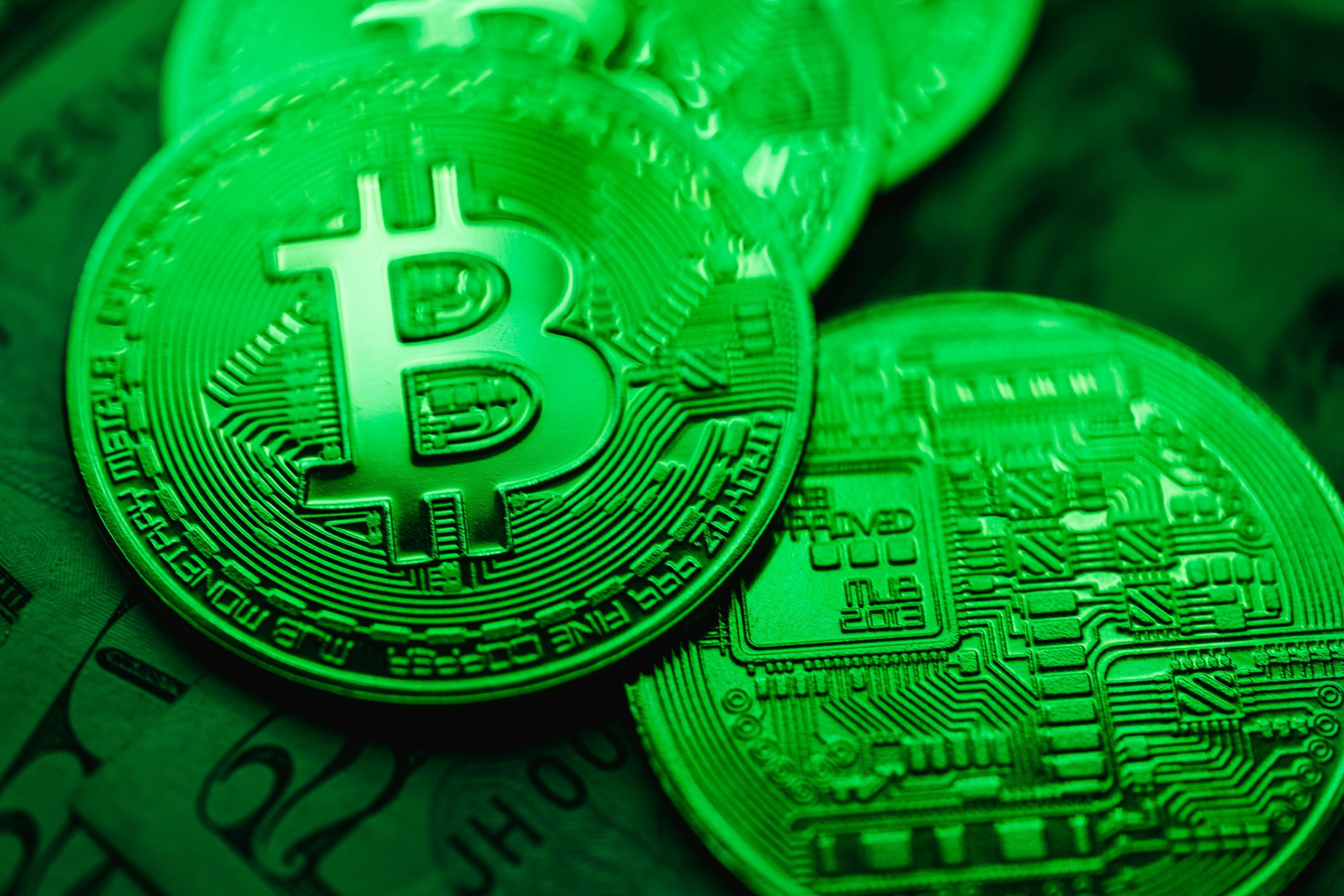Decentralized Finance Explained for Non-Experts
Welcome to the world of Decentralized Finance, where traditional financial systems are being revolutionized by the power of blockchain technology. If you’re new to the world of Decentralized Finance, also known as DeFi, you may feel overwhelmed by the amount of technical jargon and complex concepts being thrown around. But fear not, this article will explain Decentralized Finance in simple terms, perfect for non-experts. So, let’s dive in and discover the exciting world of DeFi.
What is Decentralized Finance?
Decentralized Finance, or DeFi, refers to a new and rapidly growing sector within the blockchain industry that aims to decentralize traditional financial systems. In simple terms, DeFi replaces intermediaries, such as banks and other financial institutions, with decentralized protocols and smart contracts. These protocols and contracts run on the blockchain, allowing for trustless and permissionless financial transactions, bypassing the need for a central authority.
What sets DeFi apart from traditional finance is its open and transparent nature. Decentralized finance applications are open-source and accessible to anyone with an internet connection, making it a truly democratized financial system. This openness also allows for greater innovation and collaboration within the DeFi space, leading to a variety of new and exciting financial products and services.
The Benefits of Decentralized Finance
1. Financial Inclusion
One of the most significant benefits of DeFi is its potential to promote financial inclusion and accessibility. With traditional finance, many individuals are excluded from the system due to various reasons, such as high fees, lack of credit history, or geographic limitations. DeFi, on the other hand, is open to anyone, regardless of their location or financial background. This could potentially provide equal opportunities for individuals in developing countries and underbanked communities.
2. Lower Fees
Another advantage of DeFi is the reduced fees associated with financial transactions. Traditional financial institutions charge hefty fees for their services, such as wire transfers, loans, and foreign exchange. With DeFi, these fees are significantly lowered, with some transactions being almost free. This is because there are no intermediaries involved, and all transactions are peer-to-peer, reducing costs and increasing efficiency.
3. Security and Transparency
Decentralized Finance is built on blockchain technology, which offers a high level of security and transparency. All transactions are recorded on the blockchain, making them immutable and tamper-proof. This eliminates the risk of fraud and ensures that all transactions can be traced and verified by anyone on the network. Additionally, the open-source nature of DeFi applications allows for transparency, making it easier to identify and resolve any issues that may arise within the system.
Popular DeFi Applications
1. Decentralized Exchanges (DEXs)
Decentralized exchanges are one of the most popular DeFi applications, allowing for peer-to-peer trading of cryptocurrencies without the need for a central authority. Some of the most popular DEXs include Uniswap, SushiSwap, and PancakeSwap.
2. Stablecoins
Stablecoins are cryptocurrencies that are pegged to a stable asset, such as the US dollar. These coins provide stability in a highly volatile market, making them popular in the DeFi space. Some popular stablecoins include MakerDAO’s DAI and Tether (USDT).
3. Decentralized Lending and Borrowing
Decentralized lending and borrowing platforms, also known as decentralized finance loans, allow users to lend and borrow funds without the need for intermediaries. These loans are executed on smart contracts, eliminating the need for a central authority to oversee the process. Popular platforms in this space include Aave, Compound, and MakerDAO.
The Future of Decentralized Finance
The potential of Decentralized Finance is vast, and many see it as the future of finance. However, like any new technology, there are challenges that need to be addressed. Some of these challenges include high transaction fees, lack of user-friendly interfaces, and the need for better security measures. But as these challenges are being addressed and more people start to adopt DeFi, it’s clear that it has the potential to disrupt traditional financial systems and revolutionize the way we think about money and financial transactions.
In conclusion, Decentralized Finance offers a more open, inclusive, and transparent financial system than traditional finance. With its innovative solutions and endless possibilities, it’s clear that DeFi is here to stay and has the potential to change the way we manage our finances in the future.










